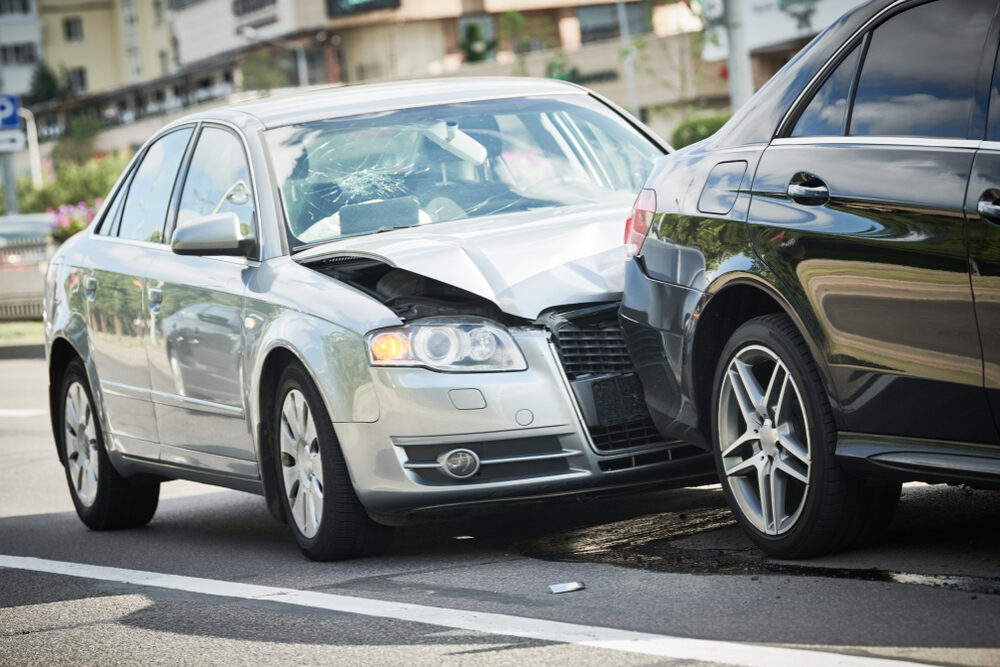Lowering Speed Limits Significantly Reduces Car Accident Injuries: Study
According to a new study, car crashes on Seattle roads were less likely to result in injuries after a city-wide program reduced speed limits.

While it is widely understood that traveling at high speeds on U.S. highways greatly increases the risk of a car accident which results in severe or even fatal injuries, new research highlights the importance of reducing speed limits on thoroughfare and residential streets as well.
In a report published last month by Insurance Institute for High Safety (IIHS), researchers focused their research on smaller city streets, instead of highways, and determined that reducing speed limits on all types of roads can significantly reduce the odds of being injured in a car accident.
Researchers found that lowering speed limits on arterial Seattle roads substantially decreased the odds of car accident injury. The risk of accident injuries also decreased considerably when posted speed limits were reduced on downtown Seattle streets.
Higher Speeds Reduce Reaction Time and Increase Car Crash Severity
In the study, researchers examined car crash injury rates in Seattle after speed limits there were reduced beginning in 2016. They then compared accident rates there with three other control cities in Washington state, which did not lower posted speed limits.
Seattle speed limits were reduced from 30 mph to 25 mph on side streets, which funnel traffic into highways. Posted speed limits were also reduced from 25mph to 20 mph on thoroughfares and residential streets.
City officials launched an extensive public outreach program to ensure Seattle drivers were aware of the speed limit changes. New speed limit signs were also installed in high-density downtown areas and near arterial entrances.
According to their findings, following the speed limit changes crash injuries in Seattle decreased by 17% on downtown roads and 20% on arterial roads, while crash injuries increased in the control cities over the same period. The researchers attributed the reduction to the decreased speed limits, which allow drivers more reaction time while also diminishing the force of a motor vehicle collision.
“These results illustrate the value of rethinking speed limits,” said IIHS President David Harkey in a statement following the study’s release. “Everybody thinks of highways when we talk about speed limits, but reducing speeds on city thoroughfares and residential streets is just as important.”

Do You Know About...
Childhood Diabetes Lawsuits Against Junk Food Industry
Lawyers are now pursuing financial compensation for families of children diagnosed with Type II diabetes, fatty liver disease and other chronic illnesses caused by addictive and harmful substances in ultra-processed foods.
Learn MoreCar Accidents Caused By Speeding On The Rise
Speeding has become a major concern for highway safety regulators, causing thousands of deaths and serious injuries to pedestrians, cyclists and motor vehicle occupants annually.
Last summer, the NHTSA launched its Speeding Wrecks Lives campaign, warning there were 38,824 traffic related fatalities nationwide in 2020; a 17% increase compared to 2019. Of those deaths, 11,258 people reportedly died in speeding-related crashes, accounting for 29% of all fatal crash events.
The report identified similar crash injury risks as the recent IIHS report, finding local roads accounted for 87% of all speeding-related traffic fatalities occurring on non-interstate roads, while 37% of roadway fatalities occurred in work zones.





0 Comments